Key Takeaways
Silk was invented in China about 5,000 years ago. Legend attributes this discovery to Empress Leizu. The Silk Road allowed the spread of sericulture across Asia, the Middle East and Europe. Today, China remains the world's leading producer of silk, but India is in a good position. Silk remains a precious and luxurious fabric.
The French brand The Oversized Hoodie® 🇫🇷 is famous for its textile expertise, notably its collection of high-end, Oeko-certified 100% natural mulberry silk products -Tex® Standard 100. Free from toxic and chemical substances, and ecological, the silk pillowcase, mask silk< collections and silk sheets stand out for their incomparable softness and excellent value for money, providing an unrivaled feeling of comfort.
The origin of silk
The invention of silk dates back approximately 5,000 years to the Yellow River Basin region of China. According to legend, it was Empress Leizu who discovered the first silk thread by observing the larvae of the mulberry bombyx. In reality, the appearance of silk is more gradual. We indeed find fragments of silk dating from 3,500 years BC
The invention of this very particular fabric marks a major technological advance in the history of textiles. Silk in fact has unique properties which make it a textile of great value: softness, elasticity, luster, solidity. These exceptional qualities explain why silk was for centuries reserved for the elite.
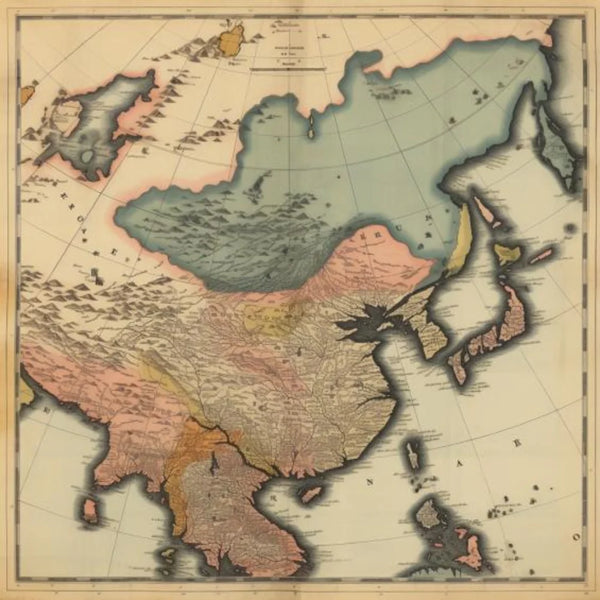
Also read: How is silk made ?
The legend of discovery
According to legend, it was Empress Leizu, wife of the Yellow Emperor Huangdi, who discovered the first silk thread around 5,000 years ago .
- The empress would have noticed small white caterpillars feeding on mulberry leaves in her garden.
- As she approached, she would have noticed that they produced a fine shiny thread.
- Intrigued, she unwound this thread and wove it, thus obtaining a soft and light fabric.
Although this story is a legend, it symbolizes the birth of sericulture in China: the breeding of the silkworm and the manufacture of silk from its cocoon.
China, cradle of silk
China is considered the birthplace of sericulture because it is where silk was invented 5,000 years ago. The country met several favorable conditions for the development of this textile.
Mulberry cultivation in China
- The mulberry tree, whose leaves feed silkworms, was indigenous to certain regions of China.
- Its culture developed along the Yellow River, allowing the breeding of silkworms.
Silkworm breeding
- The species Bombyx mori occurred in the wild and was gradually domesticated.
- The Chinese selected the best breeds of silkworms to optimize silk production.
The birth of sericulture
- The Chinese developed techniques for breeding silkworms and making silk from cocoons.
- Sericulture was concentrated in the Yellow River basin, the cradle of Chinese civilization.
Silk, a luxurious fabric reserved for the elite
- Reserved for the emperor and the nobles, silk was a precious textile, symbol of power and high social status.
- Its production was a well-kept secret to maintain the Chinese monopoly.
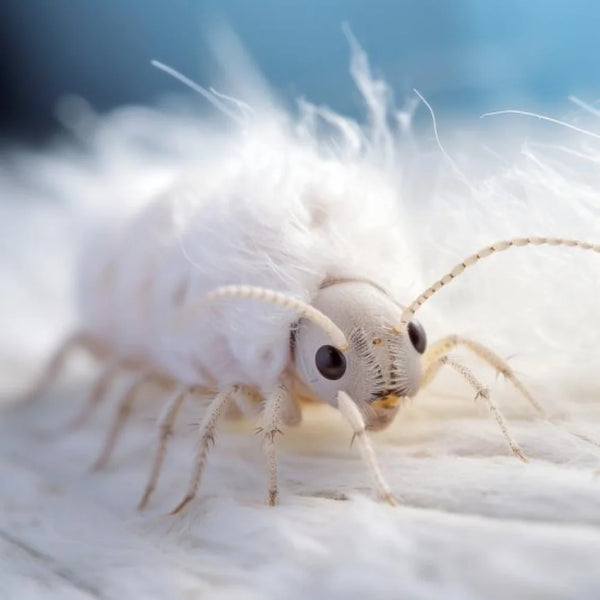
Also read: Which animal produces silk ?
The Silk Road, vector of diffusion
The Silk Road played a decisive role in the spread of sericulture outside China from the 2nd century BC
What is the Silk Road ?
- Network of trade routes between Asia and Europe crossing Central Asia.
- Allows economic and cultural exchanges between the East and the West.
- Silk was one of the main goods transported.
The economic and cultural impact of the Silk Road
- Diffusion of silk production techniques along caravan routes.
- Exchanges of know-how crafts and textiles.
- Mutual cultural enrichment between China and the Western world.
The dangers and challenges of the Silk Road
- Long and perilous route through arid and mountainous regions.
- Risk of brigandage and conflicts between clans.
- Need for water points and oasis for survival.
The end of the Silk Road era
- Decline from the 15th century with the opening of maritime routes.
- Competition of Italian and French silks from the Middle Ages.
- Closure of the road by the Ottoman Empire in the 15th century.
Silk was the gray gold of ancient China. Unlike precious metals, it circulated on the caravan and maritime silk routes, arousing desire and imagination throughout the Old World.
— Geoffrey, Founder of The Oversized Hoodie®
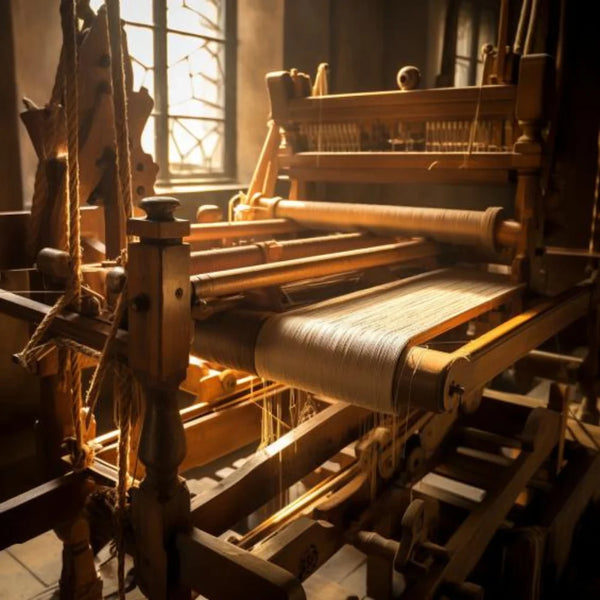
Also read: How the worm produces silk ?
Traditional silk manufacturing
The production of silk requires specific know-how passed down for centuries.
The life cycle of the silkworm
- Rearing mulberry silk worms which feed on mulberry leaves.
- Weaving of a cocoon by the caterpillar for its pupation.
- Obtaining silk threads by unwinding the cocoons.
Harvesting cocoons and spinning silk
- Delicate harvest of cocoons before the butterflies hatch.
- Hand spinning or at the mill to obtain the threads.
- Need to boil the cocoons to dissolve the sticky sericin.
The art of silk weaving
- Weaving silk requires meticulousness and dexterity.
- Use of traditional shuttle or pull looms.
- Obtaining fabrics of incomparable fineness and flexibility.
Silk weaving is a living craft using age-old gestures. Each unique creation carries within it the soul of its creator.
— Geoffrey, Founder of The Oversized Hoodie®
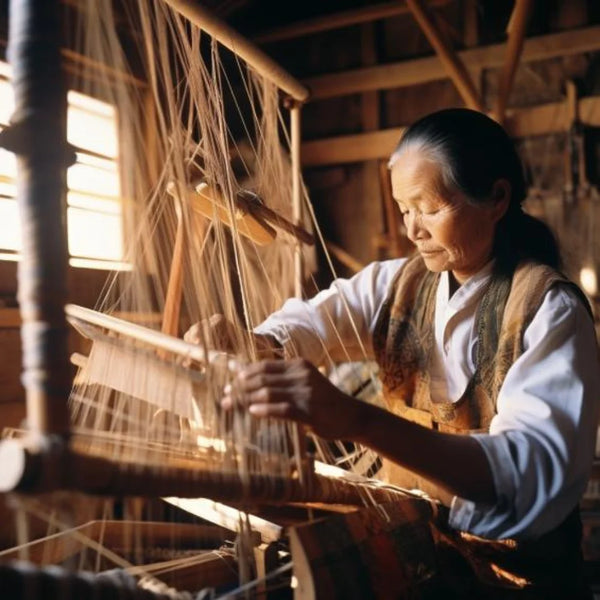
Also read: Where the silkworm lives ?
When sericulture reaches Europe
The secret of making silk kept by the Chinese was finally discovered in the 6th century. Sericulture thus spread to Byzantium and then to Europe.
The arrival of sericulture in Europe via Byzantium
- Monks are said to have brought back silkworm eggs from China in the 6th century.
- Byzantium becomes the leading silk producer in Europe.
- Diffusion of the technique in southern Italy in the 12th century.
The rise and decline of sericulture in France and Italy
- Introduction of sericulture in France in the 14th century.
- Lyon and Tours become high places of French silk.
- Decline in France and Italy in the 19th century in the face of Asian competition.
Also read: Where is silk produced in France ?
Current global silk production
Today, silk production remains concentrated in Asia, particularly in China and India. However, new challenges are emerging.
The main producing countries today
- China remains the world's leading producer of silk (85% of total production).
- India comes in second position with its renowned Indian silk.
- Brazil, Uzbekistan and Thailand complete the top 5.
The role of China and India in silk production
- China provides the majority of production thanks to its mulberry plantations and its ancestral know-how.
- India produces silks colored and decorated with highly prized typical patterns (Kanjivaram silks, Patola silks, etc.).
The place of sericulture in the world economy
- Silk production now represents only a tiny part of the global textile economy.
- China and India nevertheless remain the market leaders for raw silk.
- Italy and France stand out in textile creation and luxury accessories in silk.

Also read: What is the name of a silkworm breeder ?
Challenges and future of silk
Several challenges face the global silk industry:
- Competition from synthetic and artificial fibers (viscose, polyester, etc.).
- The emergence of diseases affecting silkworms (pebrine, muscardine), which are difficult to eradicate.
- The search for innovative and sustainable solutions to perpetuate this textile heritage.
- Training new generations of sericulture farmers and artisans to preserve know-how.
The future of silk will depend on its ability to reinvent itself in the face of these challenges, while promoting its precious and unique character.
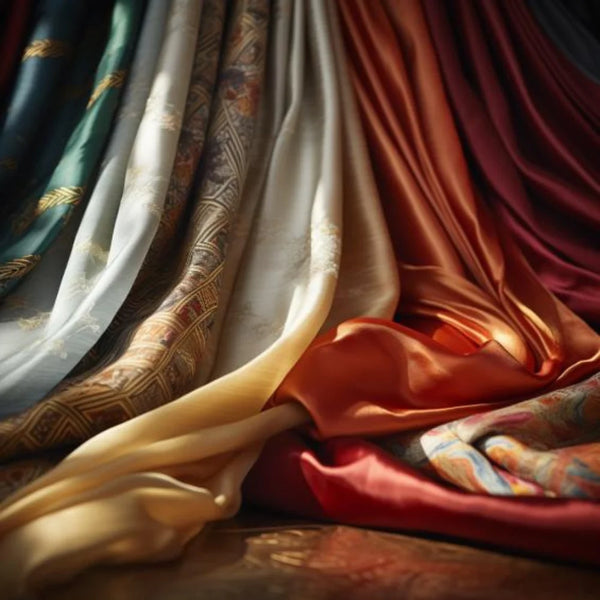
Also read: What is the best silk in the world ?
Conclusion
Theinvention of silk in China 5,000 years ago marks a major milestone in the history of textiles.The Silk Road allowed it to spread across the world. Today, China and India dominate global silk production, although new challenges are emerging. Thanks to its exceptional qualities, silk remains a noble and precious fiber. Its future will depend on innovation and the preservation of centuries-old know-how.
| Appearance | Description |
|---|---|
| Origin of Silk | Invented in China around 5,000 years ago, discovery attributed to Empress Leizu. |
| Diffusion of Sericulture | The Silk Road facilitated the spread of silk across Asia, the Middle East and Europe. |
| Main Producers | Today, China and India are the world's leading producers of silk. |
| Silk and Luxury | Silk remains a precious and luxurious fabric, a symbol of high social status. |
| The Silk Road | Historical trade routes between Asia and Europe, crucial for the silk trade. |
| Traditional Production | Silk production involves rearing silkworms, harvesting cocoons and careful weaving. |
| Current Challenges | Competition from synthetic fibers, silkworm diseases, need for innovation and preservation of know-how. |
| Future of Silk | Depends on its ability to reinvent itself while enhancing its unique and precious character. |
FAQ
Where was silk created ?
silk was invented in China about 5,000 years ago. Sericulture was born in the region of the Yellow River basin.
What is the country of silk ?
Historically, China is considered the land of silk because it is there that this textile was invented and produced exclusively for millennia. Today, China remains the world's leading producer of silk.
What is the origin of silk ?
The origin of silk dates back to Ancient China, approximately 5,000 years ago. According to legend, it was Empress Leizu who discovered silk by observing bombyx larvae feeding on mulberry leaves.
Who discovered silk in Europe ?
The introduction of silk to Europe in the 6th century is attributed to Byzantine monks who are said to have brought back silkworm eggs from their travels to China. The technique first spread to Byzantium before reaching Italy and France.
Where does silk come from ?
Silk originated in China, where it was invented around 5,000 years ago in the Yellow River region. The Silk Road allowed its diffusion westwards to Europe from the 2nd century BC
How is silk made ?
Silk is produced from the filaments that the mulberry silkworm weaves to form its cocoon. These threads are unwound and woven to obtain silk fabric.
How silk is made ?
Silk manufacturing includes silkworm rearing, harvesting cocoons, spinning to obtain silk threads, and finally the weaving. This requires specific know-how.
What is the Silk Road ?
The Silk Road designates a network of commercial routes between Asia and Europe which enabled economic and cultural exchanges, and in particular the diffusion of silk outside China from from the 2nd century BC
Updated February 1, , 2024







